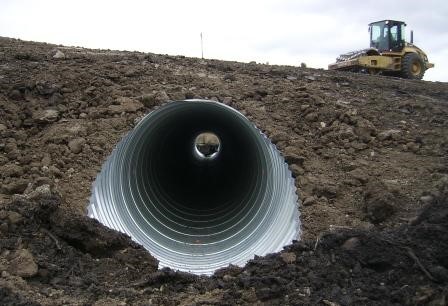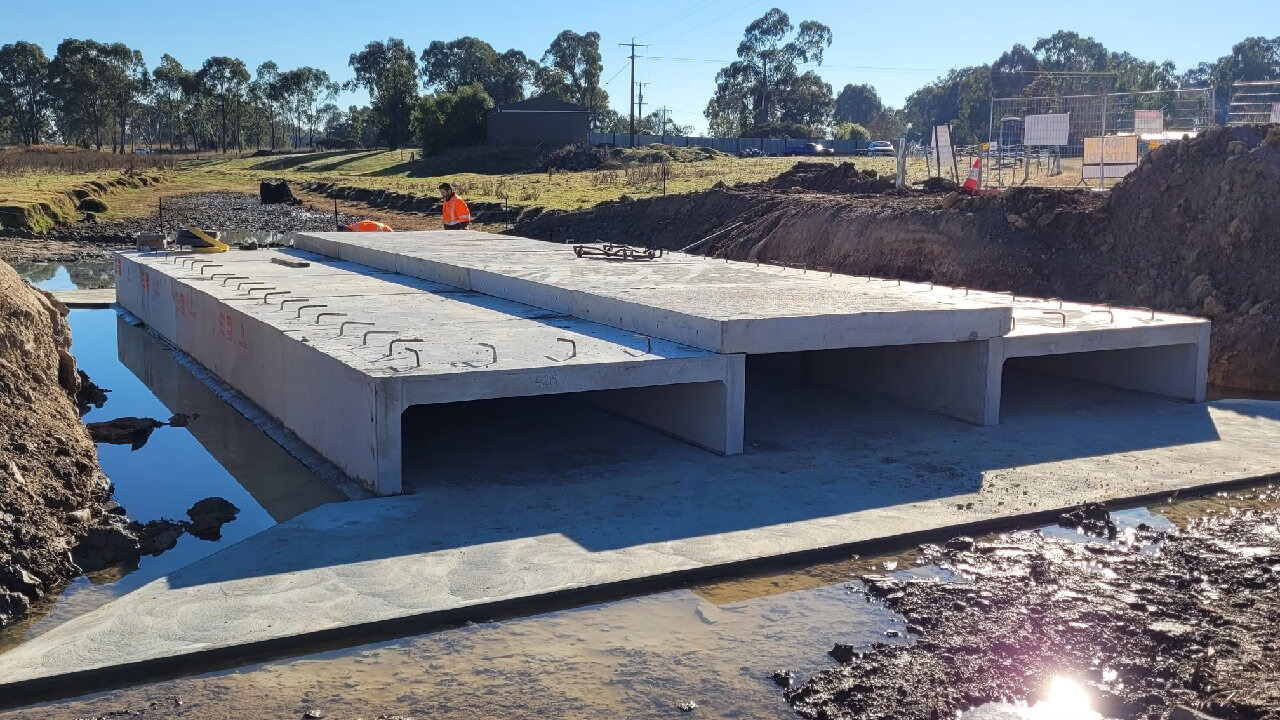Mastering Culvert Installment: Boost Your Land Water Drainage Initiatives
From picking the right materials to executing ideal practices, understanding culvert installation can dramatically boost the performance and durability of your land water drainage system. By understanding the ins and outs of culvert installation, you can enhance your drain initiatives and make sure lasting land use practices.
Importance of Culvert Installment
Making sure correct culvert installation is paramount for keeping efficient land drain systems. Culverts play an essential function in handling water flow, preventing disintegration, and preserving the structural stability of roads, bridges, and various other framework. Correct setup of culverts assists to funnel water away from roadways and buildings, reducing the threat of flooding and water damage. Additionally, well-installed culverts help in protecting against sediment accumulation, which can bring about obstructions and reduced water circulation.
Correct Sizing and Placement

Correct positioning of culverts is just as vital. Culverts should be placed at the most affordable factor of the location needing drainage to make certain reliable water circulation. Additionally, they should be mounted vertical to the natural slope of the land to avoid clogs and enable smooth water flow. Strategic positioning can help stop waterlogging, dirt erosion, and road damages, ensuring the durability and performance of the land drain system.
Material Choice Tips
Choosing the best products is critical in ensuring the resilience and functionality of culverts for effective land water drainage systems. When picking materials for culvert installment, it is important to take into consideration aspects such as the water flow price, dirt make-up, and ecological problems of the website.
One of one of the most usual materials utilized for culverts is corrugated steel (Tree removal). Corrugated steel culverts are durable, affordable, and very easy to mount. They are appropriate for locations with high water circulation rates and can hold up against hefty lots. Another popular option is concrete culverts, which supply superb toughness and long life. Concrete culverts are perfect for locations prone to rust or when a longer service life is wanted.
For environmentally sensitive locations, plastic culverts may be chosen. In addition, in areas where natural looks are crucial, materials like stone or timber can be utilized to construct culverts that mix effortlessly right into the environments.
Setup Techniques and Best Practices
Offered the essential importance of product choice in guaranteeing the functionality and longevity of culverts, the installment techniques and finest methods play a critical role in the overall success of land drainage systems. Proper installment is crucial to stop issues such as leakages, falls down, or clogs that can endanger the effectiveness of the culvert.

During installation, treatment needs to be taken to line up the culvert correctly and supply appropriate support to stop contortion. Backfilling must be done gradually and compressed in layers to prevent voids and settlement. Proper compaction is vital to prevent moving or sinking of the culvert in time.

Maintenance and Long-Term Treatment
Implementing an extensive maintenance strategy is crucial for making sure the durability and effective performance of culverts in land drainage systems. Regular assessments must be conducted to inspect for any indications of damage, clogs, or erosion that might endanger the capability of the culvert. Clearing debris such as leaves, branches, and sediment is essential to avoid clogging and maintain the flow ability of the culvert. Vegetation control around the culvert location is also crucial to avoid roots from triggering architectural damage.
Routine maintenance jobs might consist of cleansing, repairing joints, reinforcing inlet and outlet frameworks, and guaranteeing appropriate incline and placement of the culvert. Keeping thorough documents of maintenance activities, examinations, and repair services is important for tracking the condition of the culvert over time and planning future maintenance needs.
Final Thought
In final thought, understanding culvert installation is vital for reliable land drain. By complying with best practices and applying long-lasting treatment techniques, landowners can boost their drainage initiatives and make certain the durability and capability of their culverts (Tree Tree removal removal).
Comments on “Experienced Tree Removal for Residential Or Commercial Property Security”